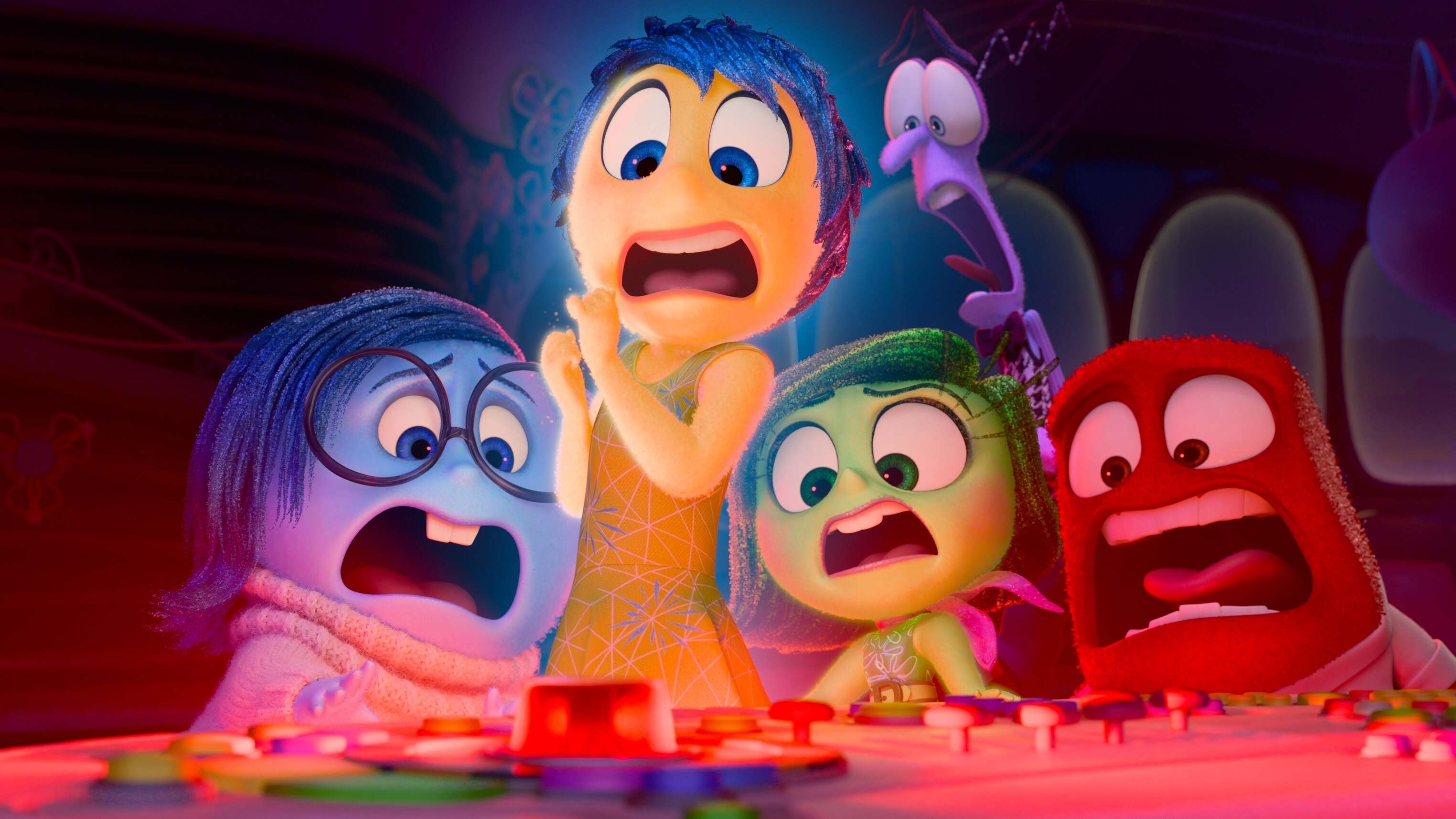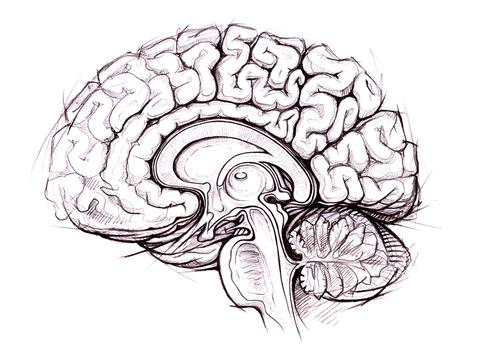The Importance of Positive Thinking

What’s the Latest Development?
Tests show that children can distinguish between a positive and negative reaction to a situation. They also understand that how one reacts helps determine the emotion experienced. Even five year-olds are able to understand the emotional difference between a child who, having broken his arm, is looking forward to his friends signing his cast and another child who can only think of how uncomfortable the cast will be. Children are grounded, however, and realize that positive emotion can not turn a negative event into a happy experience.
What’s the Big Idea?
While optimism and pessimism are taken as personality traits in adults, patterns of emotional response are still under development in children. That means kids will look to those around them in determining how to react to people and events. Given the benefits of positive thinking for life—a better ability to cope with hardship and reduced levels of stress—parents should help their children by modeling how to look on the bright side, says psychologist Christi Bamford. It could make a big difference in their emotional lives down the line.
Photo credit: shutterstock.com


